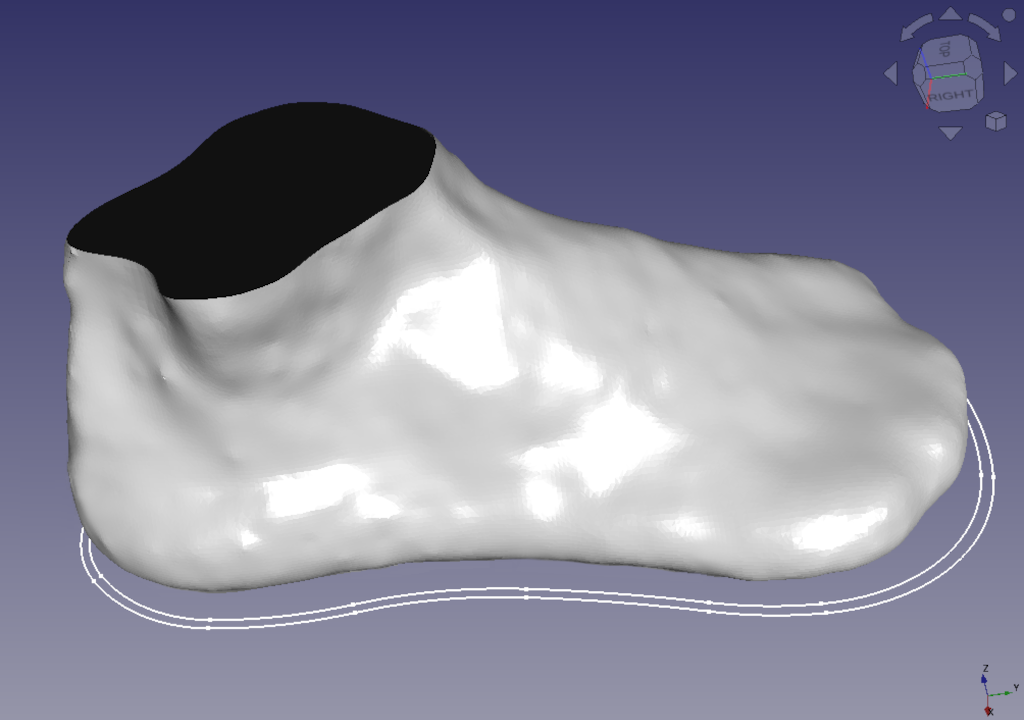3DPrinting
3DPrinting is a place where makers of all skill levels and walks of life can learn about and discuss 3D printing and development of 3D printed parts and devices.
The r/functionalprint community is now located at: or [email protected]
There are CAD communities available at: [email protected] or [email protected]
Rules
-
No bigotry - including racism, sexism, ableism, homophobia, transphobia, or xenophobia. Code of Conduct.
-
Be respectful, especially when disagreeing. Everyone should feel welcome here.
-
No porn (NSFW prints are acceptable but must be marked NSFW)
-
No Ads / Spamming / Guerrilla Marketing
-
Do not create links to reddit
-
If you see an issue please flag it
-
No guns
-
No injury gore posts
If you need an easy way to host pictures, https://catbox.moe/ may be an option. Be ethical about what you post and donate if you are able or use this a lot. It is just an individual hosting content, not a company. The image embedding syntax for Lemmy is ![]()
Moderation policy: Light, mostly invisible
view the rest of the comments

I’d say experiment on your own and find out. Your friend might’ve printed it wet and TPU is by my experience the most hygroscopic of them all.
You need to dry the spool first and then keep drying it as you print. Seriously. I’ve printed two small bumpers out of tpu recently and after drying the filament one of them came out fine and the other had zits and blobs just 20 minutes later. Its insane how fast it absorbs moisture and how much it affects it.
For pool shoes, that's concerning 🙂
I don't think he printed it wet. We have a filament dryer and we put all our filaments in there regardless of what they are. I'm pretty sure he must have waited at least overnight before printing. He's pretty thorough. But I'll ask him.
I didn't know TPU was that sensitive to humidify. That's good to know. Thanks!
I do know it shrinks like crazy and it's not good at staying put on any of the bed sheets we have though, so I know it won't be a walk in the park - especially with prints that size.